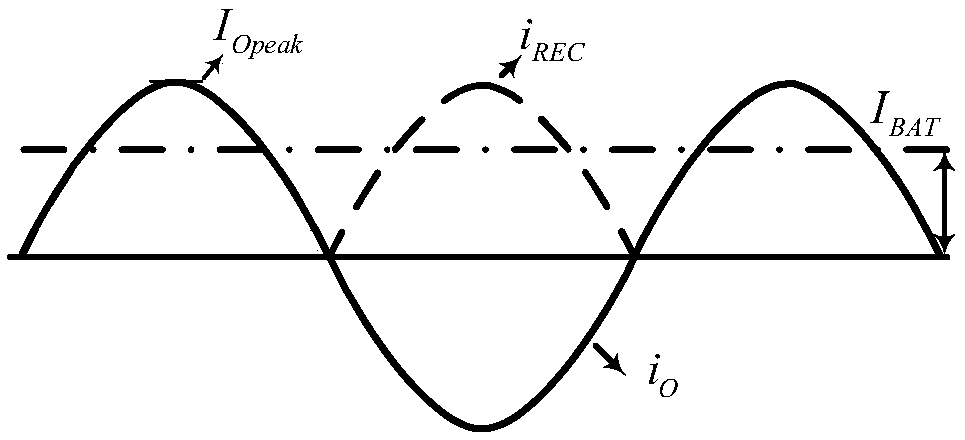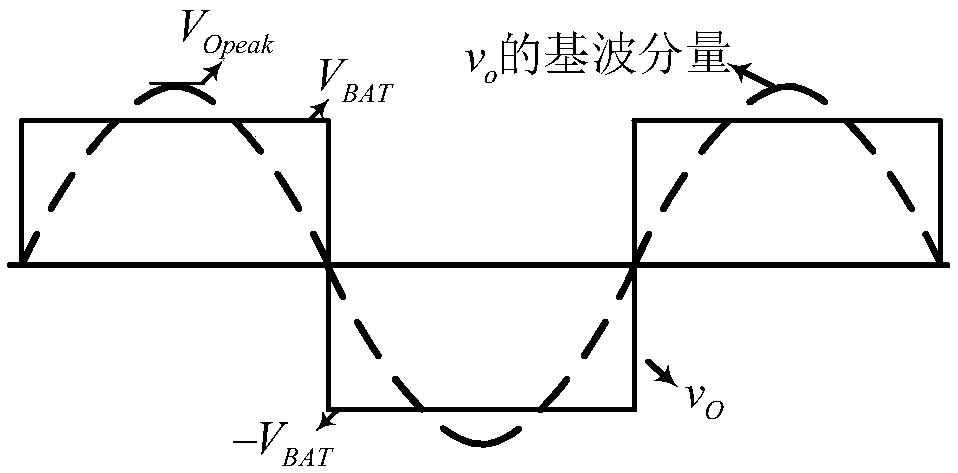Battery wireless charging system for high-order composite compensation network
A compensation network, battery wireless technology, applied in battery circuit devices, high-efficiency power electronic conversion, control/regulation systems, etc. problems, to avoid reactive power circulation, improve design freedom, overcome coil design limitations and reduce reliability
- Summary
- Abstract
- Description
- Claims
- Application Information
AI Technical Summary
Problems solved by technology
Method used
Image
Examples
Embodiment Construction
[0029] The technical solution of the invention will be described in detail below in conjunction with the accompanying drawings.
[0030] The present invention discloses a battery wireless charging system of a high-order composite compensation network such as figure 1 As shown, it includes: a high-frequency full-bridge inverter circuit 1, a primary side compensation network 2, a loosely coupled transformer 3, a secondary side compensation network 4, a constant current-constant voltage switching network 5, and a full bridge rectification filter circuit 6. The constant current-constant voltage mode switching network 5 includes: a first switch S 1 , the second switch S 2 . The high-frequency full-bridge inverter circuit 1 includes a first power tube Q 1 , the third power tube Q 3 Composed of a bridge arm and the second power tube Q 2 , the fourth power tube Q 4 Another bridge arm composed of the first power tube Q 1 , the third power tube Q 3 The connection point is the mi...
PUM
 Login to View More
Login to View More Abstract
Description
Claims
Application Information
 Login to View More
Login to View More - R&D
- Intellectual Property
- Life Sciences
- Materials
- Tech Scout
- Unparalleled Data Quality
- Higher Quality Content
- 60% Fewer Hallucinations
Browse by: Latest US Patents, China's latest patents, Technical Efficacy Thesaurus, Application Domain, Technology Topic, Popular Technical Reports.
© 2025 PatSnap. All rights reserved.Legal|Privacy policy|Modern Slavery Act Transparency Statement|Sitemap|About US| Contact US: help@patsnap.com



